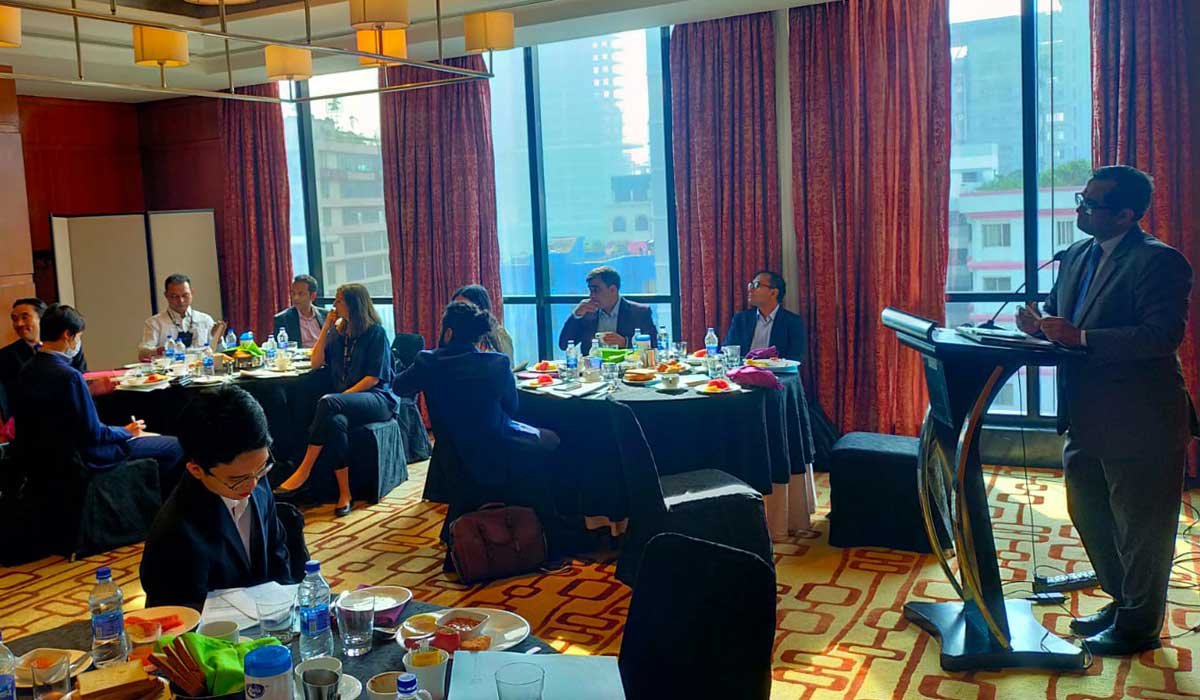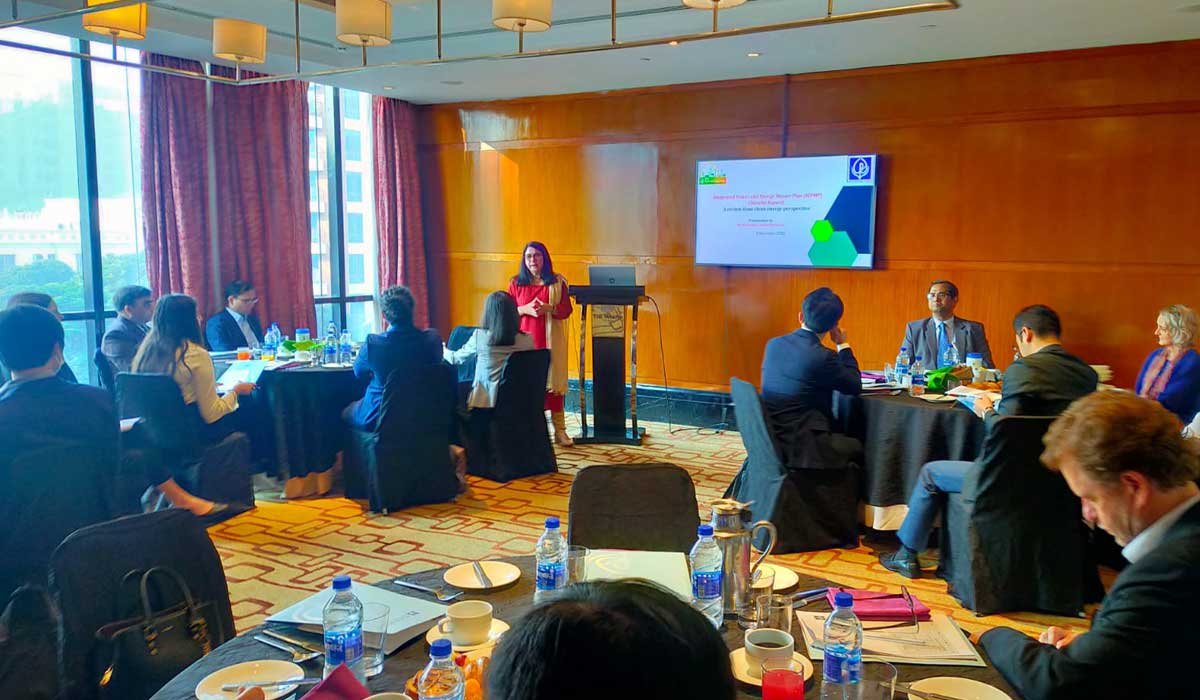
The Ministry of Power, Energy and Mineral Resources (MoPEMP) has prepared a draft master plan for the energy and power sector titled Integrated Energy and Power Master Plan (IEPMP) and it is the first time GoB is drafting an integrated plan. Given the global goal of clean energy for achieving net zero commitments by 2050 and upto 40 per cent from clean energy by 2040 the government has taken various measures. Therefore, it is essential to review the national policies and plans, especially the IEPMP, to understand how it will achieve the target and what strategies the country will adopt for the power and energy sector keeping in mind the issue of energy security in the coming years.
In this context, the Centre for Policy Dialogue (CPD), organised a debriefing session for foreign missions and international organisations in Bangladesh, on Thursday, 8 December 2022.
Dr Fahmida Katun, Executive Director, CPD, gave welcome remarks and said there should be a roadmap regarding how the fuel mix can be gradually transferred from coal to renewables.

In his keynote presentation, Dr Khondaker Golam Moazzem, Research Director of CPD, said that the IEPMP formulation process is found to be distinctive in several accounts . A specialized research organisation has been involved in providing technical support, and a consultative process has been followed. However, it has not reached the level of partnership between all concerned stakeholders.
“The plan considers a carbon-neutral economic perspective though it is not fully reflected in operational issues,” said the Research Director. The plan, though found relatively rigorous, still cannot come out from a few biasness. The GDP estimate based on Perspective Plan 2041 made the whole exercise unreliable. To reduce the biasness, an alternate scenario ‘in-between’ is proposed, which also seems high and rather the IMF Ext. scenario seemed more appropriate.
The commitment of 40 per cent from renewable energy has been shifted to up tp 40 per cent from clean energy. This type of shift in the usage of jargon and definition confuses and weakens the RE argument. As assumingly the clean energy includes green ammonia co- firing and hydrogen based power plants.
An alternate scenario called ‘40 per cent renewable energy by 2040’ needs to be set, and necessary modeling and exercise must be undertaken. The plan, directly and indirectly, promotes coal and coal-based energy in the disguise of advanced technology, which is also not appreciated .
The draft plan does not adequately consider the fiscal burden as capacity payments due to fossil fuel based power generation and excess reserve margin. The draft plan does not properly address the impact and implications of energy tariffs and proposed technological choice would raise energy prices significantly. The reasons for choosing expensive ammonia and hydrogen-based power generation over cheap RE-based power generation are not properly reflected upon the draft plan.
The debriefing session was attended by ambassadors, representatives from foreign missions and delegates, JICA, international financing banks and development partners who participated actively and discussed on concerning issues such as renewable energy transition, GDP consideration, scenario setting, technological aspects, financial aspects and so on, after the presentation.



